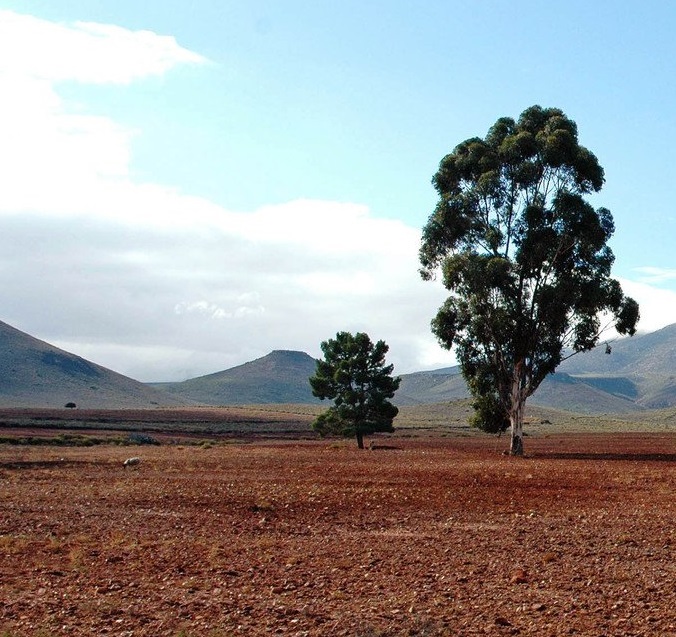 Small businesses are attuned to the risks they face when material costs and interest rates start to rise and competitors make inroads into their market share, but they’re not always conscious of less predictable but increasingly common risks, such as natural disasters. And they don’t always know about the resources available when their city or county is formally declared a disaster area and they become eligible for government assistance.
Small businesses are attuned to the risks they face when material costs and interest rates start to rise and competitors make inroads into their market share, but they’re not always conscious of less predictable but increasingly common risks, such as natural disasters. And they don’t always know about the resources available when their city or county is formally declared a disaster area and they become eligible for government assistance.
In April, for example, the U.S. Department of Agriculture declared 12 New Mexico counties primary natural disaster areas due to drought-related crop losses. The declaration enabled qualified farm businesses to access USDA emergency loans.
Recent storm-induced flooding and power outages in Santa Fe led to a disaster declaration by the city, and the Federal Emergency Management Agency (FEMA) has sent Preliminary Damage Assessment teams to assess the damage. The information will be used to determine if a Major Disaster Declaration will be issued, opening the door to federal resources and funding assistance for families and businesses.
If FEMA finds the declaration warranted, qualifying businesses will be able to turn to the U.S. Small Business Administration (SBA) for low-interest loans that can help them recover. SBA physical disaster loans help businesses finance the repair or replacement of damaged buildings, equipment and inventory, while economic injury disaster loans help small ventures, including cooperatives, pay bills they would have been able to cover had the disaster not occurred.
But SBA encourages businesses to be proactive by developing a recovery plan that will help the company and its employees get back to work as quickly as possible. On its website, SBA offers numerous ideas to get this process started. Among other steps, they urge businesses to:
- Assess what natural disasters present the greatest risk and act to inoculate the business from its worst potential effects. If wildfires are common, for example, the business can clear its property of flammable materials and create a defensible space. And it can expand that space by collaborating with neighboring businesses.
- Prepare for power outages by determining what kind of generator or solar-powered backup system will keep the lights on and essential services operating.
- Review the business’s insurance policy to ensure that it sufficiently covers the costs of potential damage, destruction or temporary interruption. This policy should be stored with other critical materials in a cloud-based data center.
- Decide how employees and key contacts will communicate with one another — and with customers — during and after a disaster. As long as the flood, storm or fire doesn’t wipe out phone and internet service, an emergency contact list with the names of all employees and an emergency email alert system can keep workers stay connected. The business can use texts, tweets and social media platforms to keep customers apprised of its post-disaster status.
Determine which machines, equipment and materials are fundamental to keeping the business functioning. Have a plan for replacing or repairing equipment damage, store extra supplies for emergency use and decide where the business could temporarily relocate if the main site is severely damaged or destroyed.
Small businesses can find other disaster preparedness resources at www.sba.gov/disasterassistance or www.ready.gov/business. They can contact the SBA New Mexico District Office at (505) 248-8225 for additional information or to apply for a loan.
Finance New Mexico Article 566
